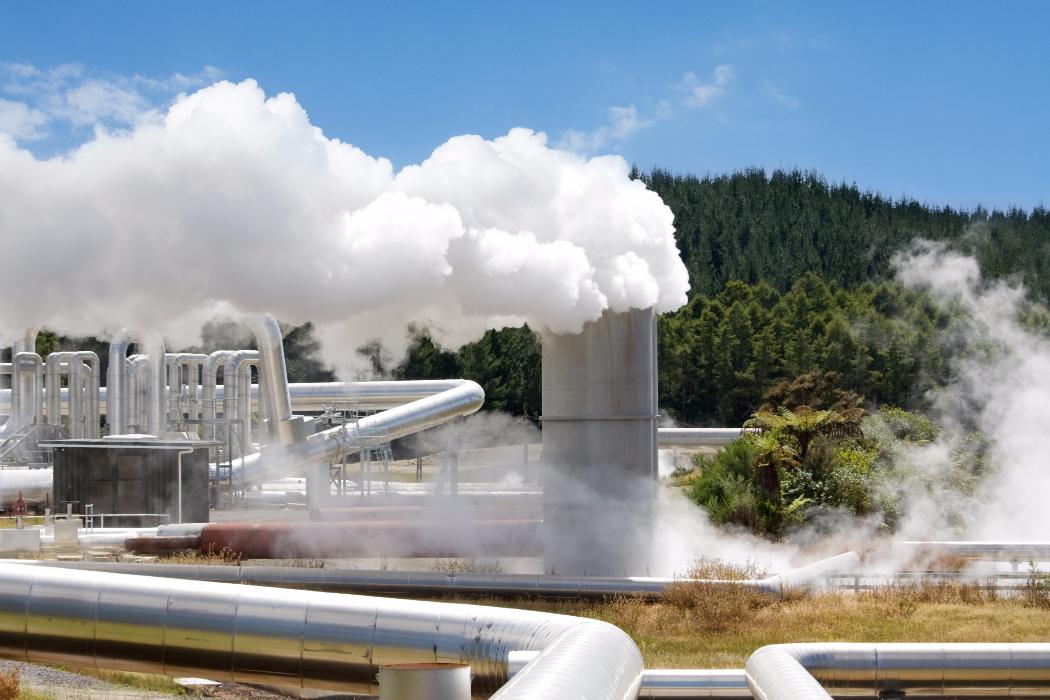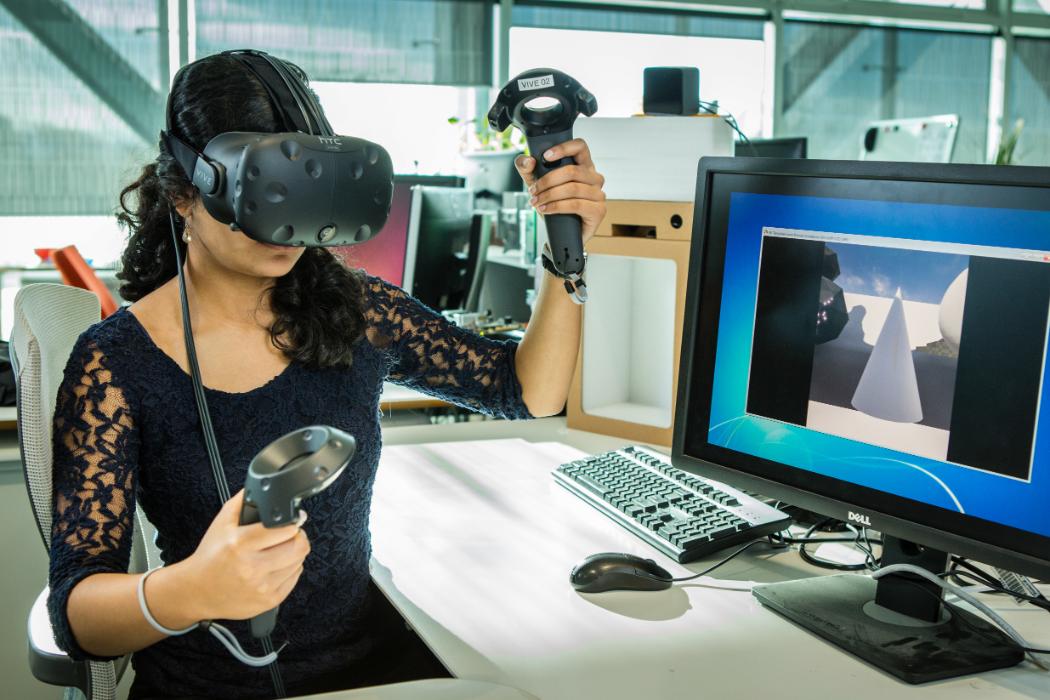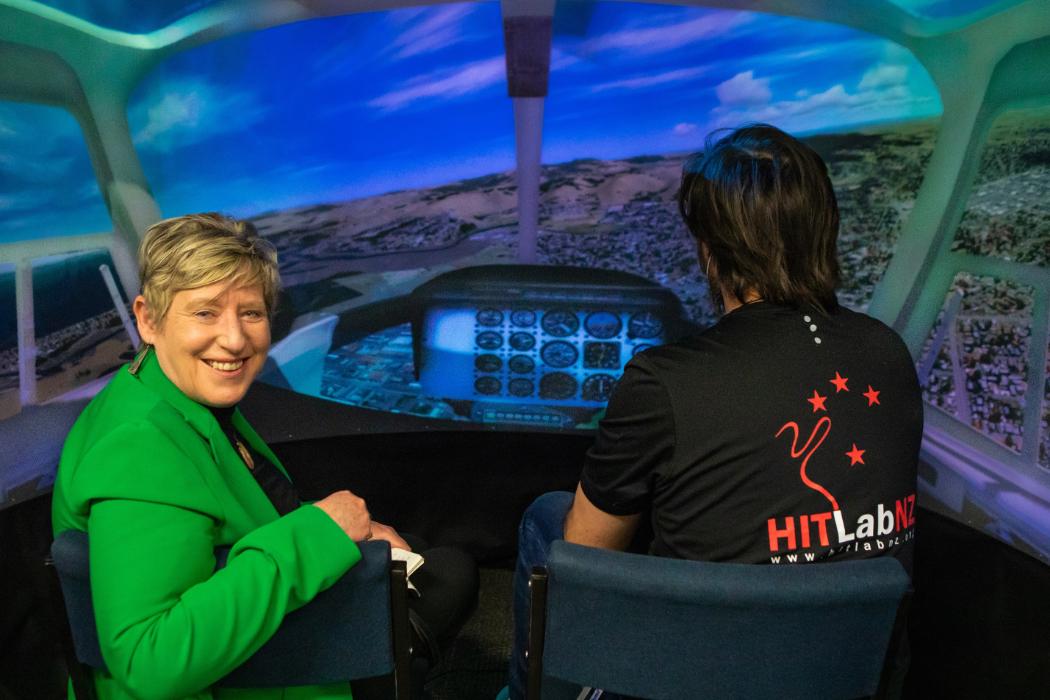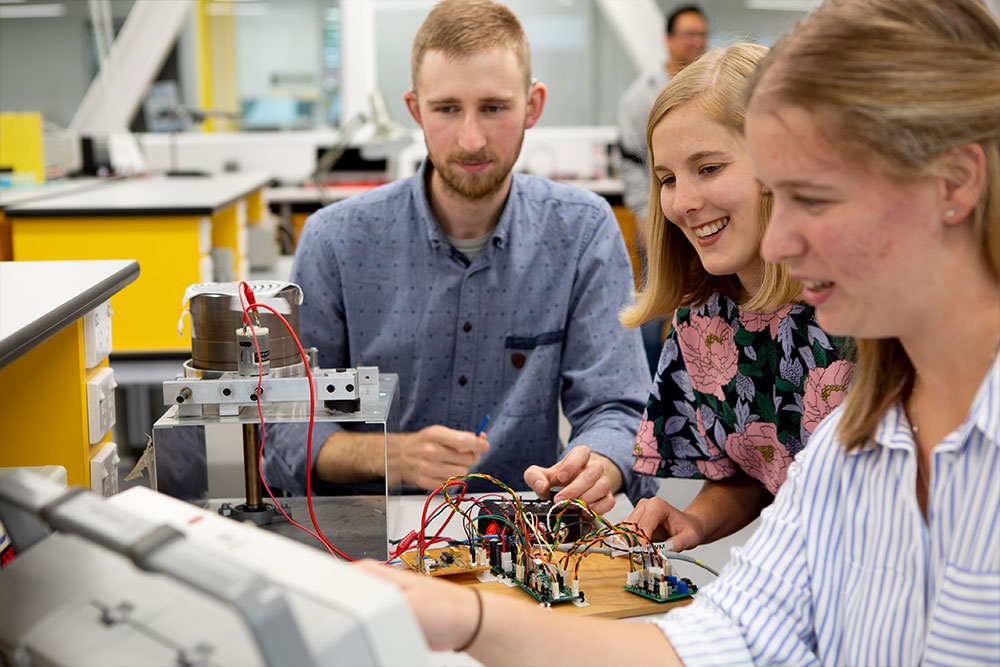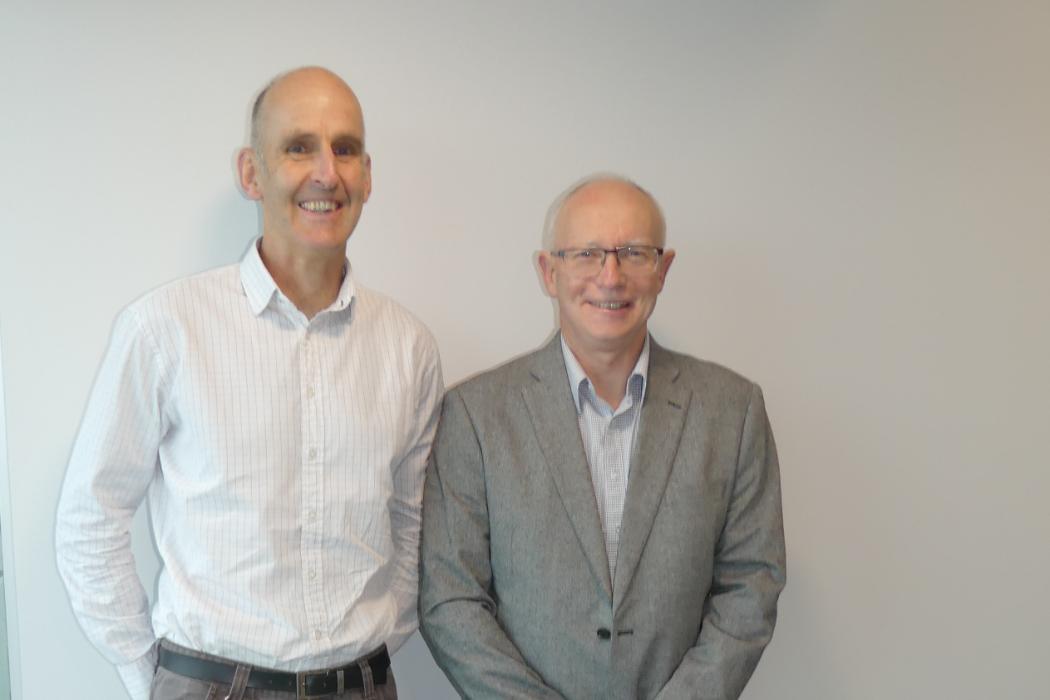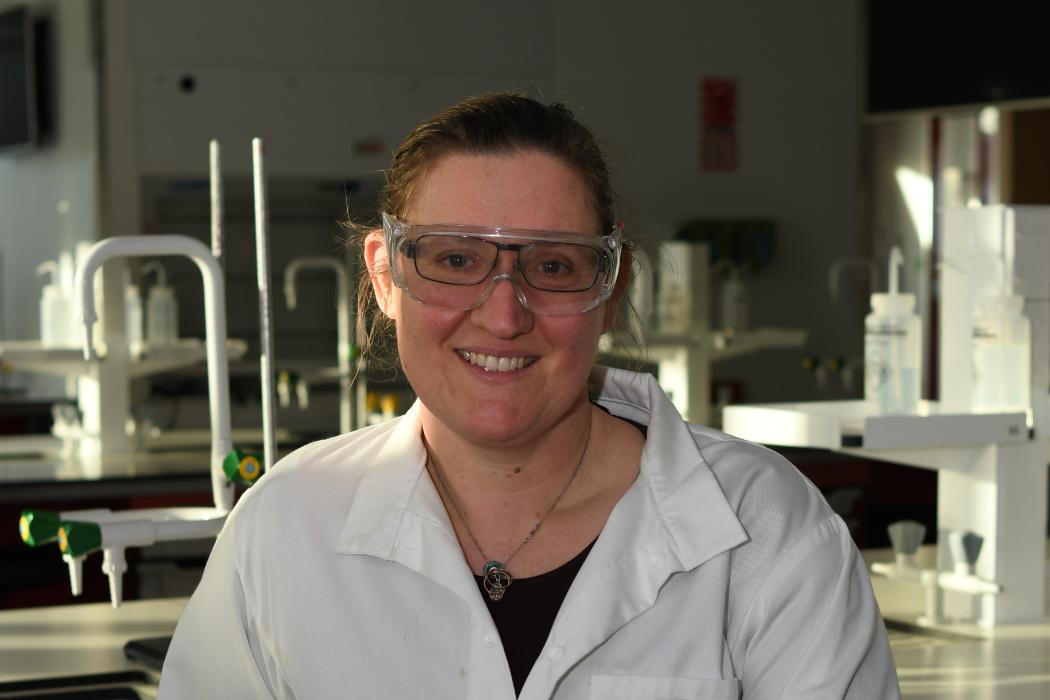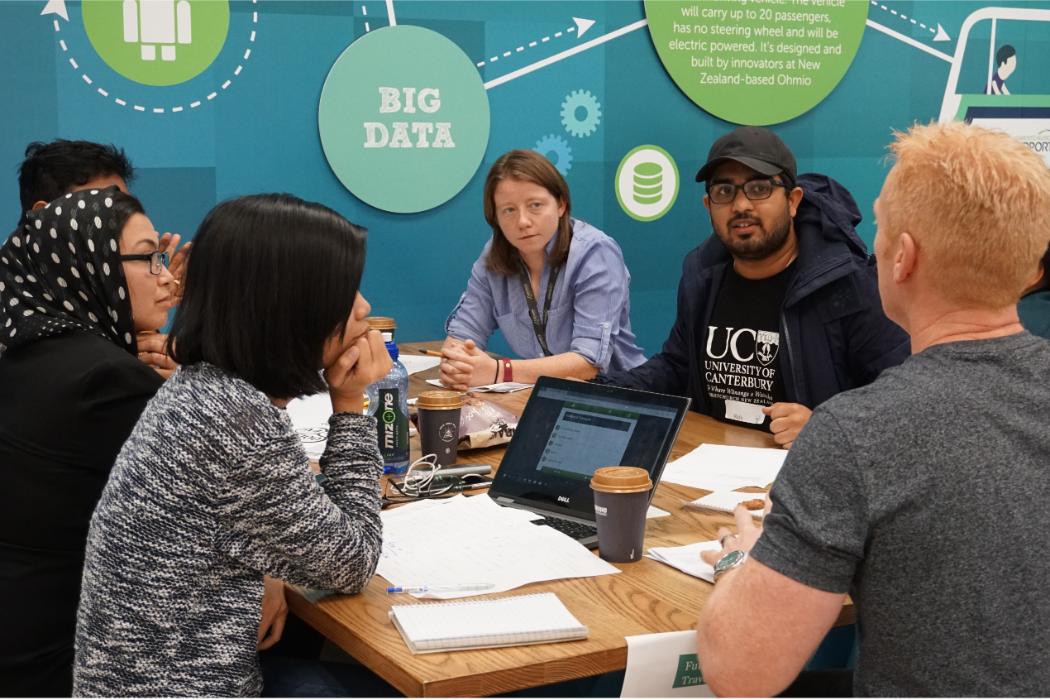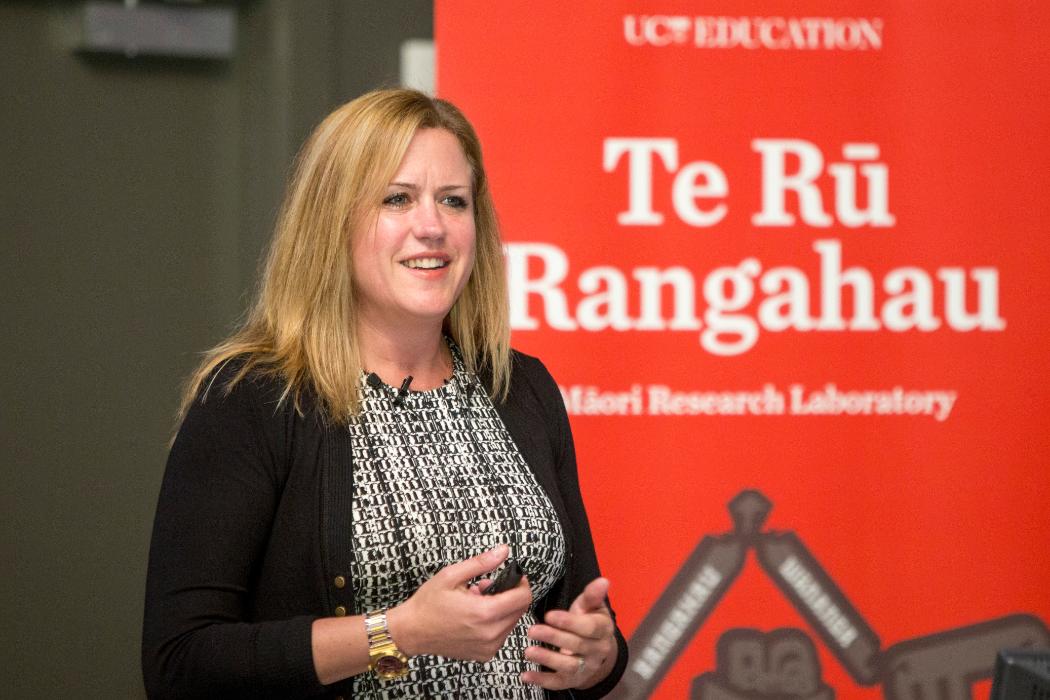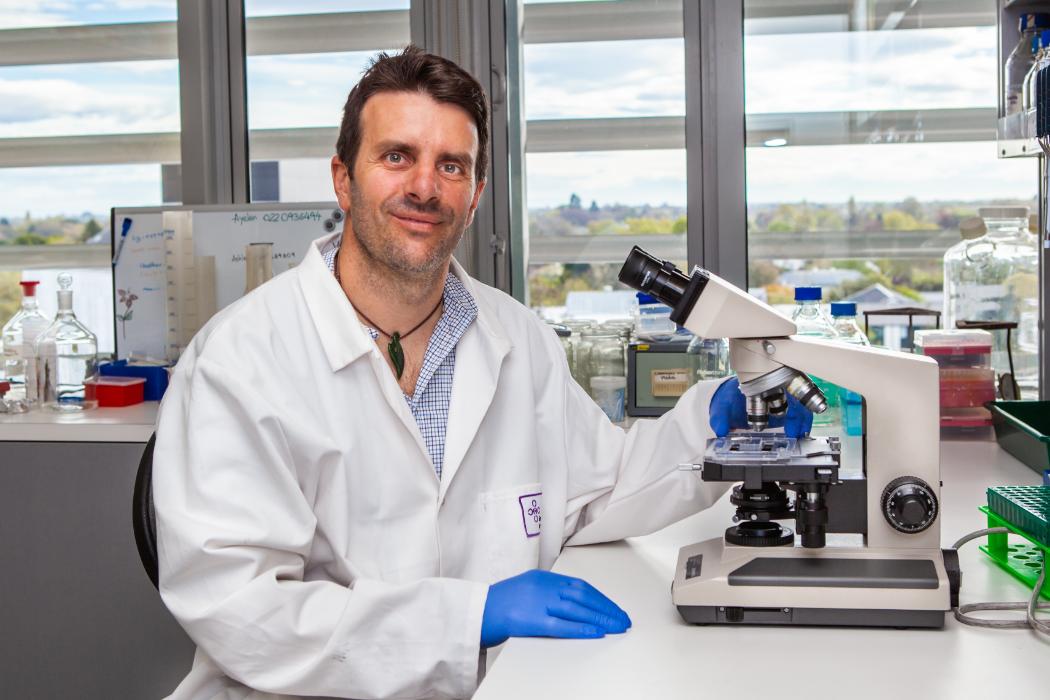Research and Development
Geothermal power generation at a large scale has undergone steady development for many decades, largely through R&D by the world leader, Ormat Technologies Inc, USA.
High temperature, high volume hydrothermal resources can be flashed to drive conventional steam turbines.
Brine and condensate from the steam turbines are the heat source for Organic Rankine Cycle (ORC) power plants using multi-stage axial turbines. ORCs can be built to fit binary or bottoming applications from 5 to 25 MW.
The first stage of development is 'prospecting' for the potential power generation capacity of a given resource. This involves modelling the thermodynamics, heat transfer, and energy conversion of the plant and the components.
Development Process for Low Temperature and Small Scale ORC Power Plants
Exploration and reservoir engineering provide the data used for thermodynamic cycle design which provides a concept of the size and type of plant that could be developed for a given resource.
If the concept is viable, then the pre-feasibility and feasibility analysis must be carried out by engineers with specialist capabilities in thermal systems engineering.
The feasibility study provides estimates of the economic return, and selection of working fluid and component equipment, particularly the expander.
If a feasible design can be found with an expander available for the working fluid and plant conditions, then a detailed design and simulation of the performance of the final plant can be carried out.
Finally, if the decision is made to invest in the manufacture of the components and purchase or manufacture of the turbine, the engineering for delivery of the project, commissioning and sign-off will be carried out.
Significant research contributions can be made in the area of low-temperature resources where the generation potential is under 1 MW.
The research approach emphasises flexibility and lean design with economic evaluation and streamlined thermo-economic modelling at each development stage described in the basic structure shown below.
It is essential that realistic engineering analysis be carried out at each stage from inception and resource evaluation to manufacture, construction and commissioning.
One very important lesson learned so far is that ORC plant engineering must be carried out by expert engineers with a high level of thermal systems engineering knowledge and experience in modelling and simulation at all levels.
There is no one simple tool that can be used by non-engineers to design an ORC power plant.
Critical Role of the Expander in Development Potential
The thermodynamic potential of a heat resource is characterized by the temperature and mass flow rate and enthalpy, plus the allowed minimum temperature if applicable. A thermodynamic cycle analysis characterises the potential for power generation.
The potential end use for energy is characterised by the power developed, the shaft speed, torque and conversion efficiency. The only way that it is possible to match up the potential heat resource with the possible end use is through an expander.
The figure below illustrates how the expander characteristics must be selected to perfectly match the pressure ratio, mass flow rate, shaft speed and work developed in the thermodynamic cycle.
Turbine Development Research
The turbine is the essential energy conversion component of an ORC. There are currently very few turbines available worldwide for ORC applications.
The team is investigating the possibility of designing, developing and manufacturing ORC turbines.
The University of Canterbury Erskine Fellowship was awarded to Dr. Nick Baines of Concepts NREC in 2014.
Dr Baines taught a final-year elective course on turbomachinery. He also worked with the team to help them understand the long development process for any kind of turbomachinery.
The first step is to model the turbine in a basic way to select the size and type for a specific thermodynamic cycle. The next step is to use CFD and FEA modelling to develop a blade geometry and nozzle geometry that will work for the specific working fluid at the thermodynamic inlet and outlet conditions, shaft speed and flow rate for the application.
The figure below shows a CFD model of a 100 kW Sunstrand Gas Turbine operated with R134a refrigerant as modelled by Choon-Seng Wong.
The next step is to manufacture the turbine and test it in a compressed air test bench to get empirical data about the performance, the losses, and the rotor dynamics.
After this step the process is repeated and the design refined.
Finally, after several iterations, the turbine balance of the plant is developed and the turbine must be tested in the ORC cycle with the particular refrigerant and flow rate.
The team has built a compressed air test bench and is working on manufacturing the first ORC turbine in the 5-10 kW range.
Heat Exchangers
Heat exchangers are well-known devices, however, the experience with them as boilers for organic fluids is limited.
The heat exchanger research at UC focuses on modelling and design for boiling and condensing of refrigerants and 'lean design' of heat exchangers that is not oversizing.
In addition, the relationship between heat exchanger design and ORC operation conditions and overall ORC performance is being investigated.
Selection of the ORC working fluid, as with the thermodynamic cycle and the expander and pump also has a major influence on the size and cost of the heat exchangers.
The group use Engineering Equation Solver (EES), ASPEN Tech, FLUENT, COMSOL and other programmes to model ORC components.
Geothermal and Waste Heat Development Opportunities
Industrial research is aimed at understanding the opportunities for developing waste heat and geothermal.
The investment opportunity assessment process shown below describes the four different types of waste heat projects that could be pursued.
All types of projects require specialist engineering modelling and design as well as project management and commissioning. The lowest risk project would involve selection, importing and installing of an appropriate turn-key system that has already been developed for the exact heat resource and cooling situation.
An off-the-shelf ORC would be the right size and work between the same temperatures as the resource, but the waste heat development engineers would need to design, manufacture and install heat extraction equipment and a cooling tower or air-cooled heat exchanger.
If an expander-generator were available commercially for the exact working fluid, pressure etc. for the resource, then the balance of the plant could be designed and built to use that expander.
Many heat resources and end-uses are still in the category that requires a custom build, including a turbine designed specifically for the conditions in the thermal cycle developed for the resource. In all but the turn-key situation, the ORC cycle and heat exchangers must be designed.
One aspect of the team research is to investigate both the thermodynamic efficiency and the cost efficiency as a function of design and operation variables.
Research Projects
- Experimental ORC power plant to study dynamic thermal system performance with different refrigerants, test different expanders and develop design knowledge.
- Design relations experimentally developed for different refrigerants and zeotropic mixtures.
- 100 kW pilot plant thermal system and detail design.
- 10-100 kW radial turbine design for R245fa.
- Compressed air radial turbine test platform.
- Dynamic modelling for control system design and simulation.
- Plant and component modelling for a thermo-economic feasibility study.
- Development standard for ORC technology.
- Economic and energy return on investment in ORC technology.
